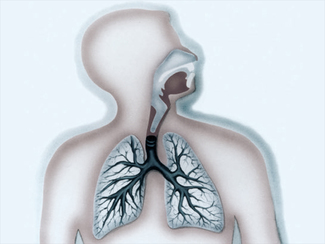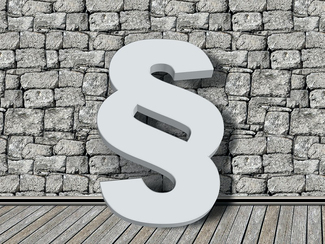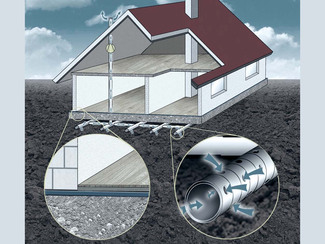-
Topics
subnavigation
Topics
Electromagnetic fields
- What are electromagnetic fields?
- Static and low-frequency fields
- Radiation protection relating to the expansion of the national grid
- High-frequency fields
- Radiation protection in mobile communication
Optical radiation
Ionising radiation
- What is ionising radiation?
- Radioactivity in the environment
- Applications in medicine
- Applications in daily life and in technology
- Effects
- What are the effects of radiation?
- Effects of selected radioactive materials
- Consequences of a radiation accident
- Cancer and leukaemia
- Genetic radiation effects
- Individual radiosensitivity
- Epidemiology of radiation-induced diseases
- Ionising radiation: positive effects?
- Risk estimation and assessment
- Radiation protection
- Nuclear accident management
- Service offers
-
The BfS
subnavigation
The BfS
- About us
- Science and research
- Laws and regulations
- BfS Topics in the Bundestag
- Links
Radon
Radon is a natural radioactive noble gas that is odourless, tasteless and colourless. Radon is formed wherever its mother nuclide radium is present, for example in soil and in building materials. Radon is released into the open air and also into buildings from the subsoil. Elevated radon concentrations in indoor air may lead to health burdens. Besides smoking, inhaling radon is among the greatest risks for developing lung cancer. Small measures are often enough to significantly reduce radon levels and thereby the risk of disease.







